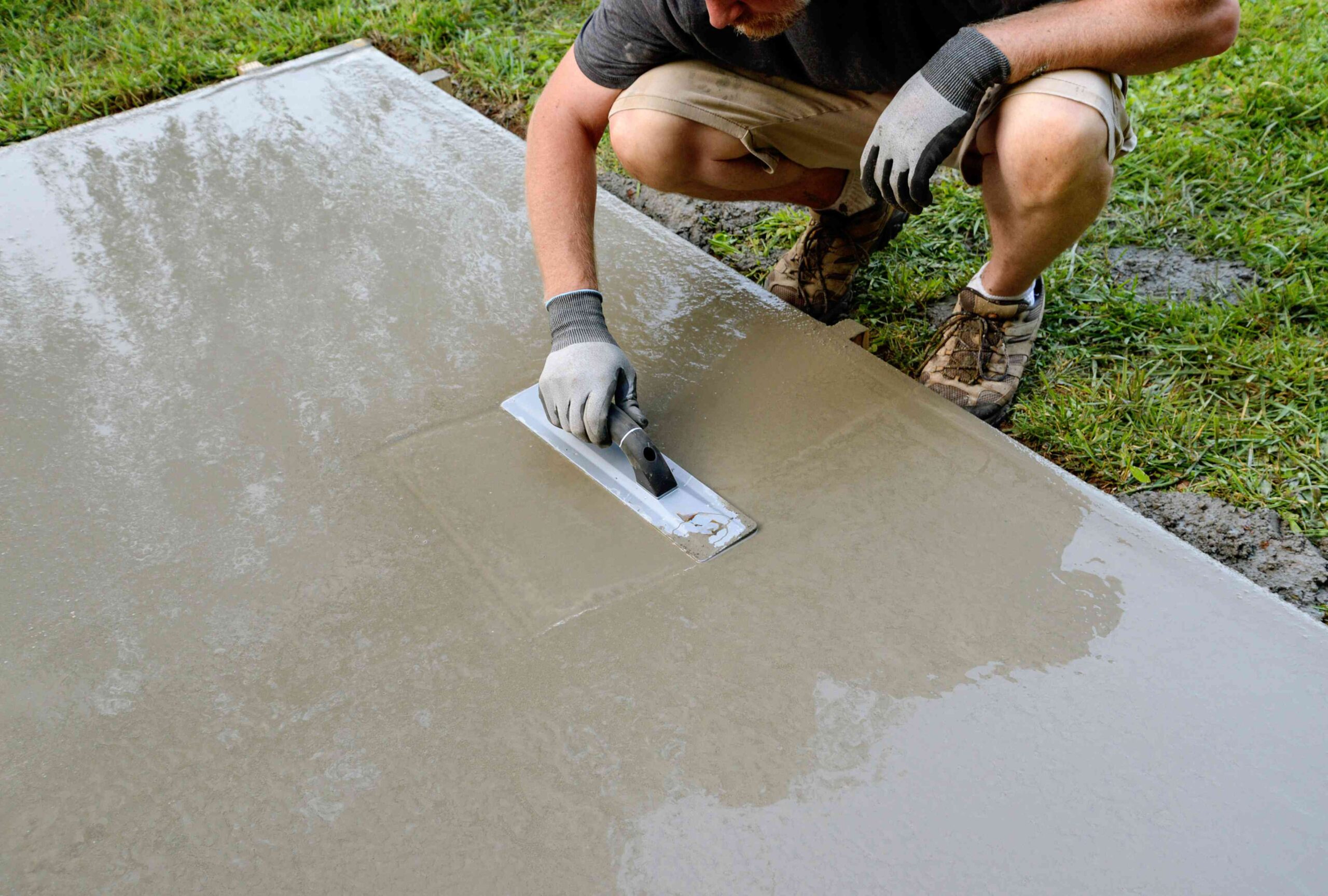
The Advantages and Disadvantages of a Concrete Slab
A concrete slab is a shallow foundation designed to disperse the load imposed by columns, walls, and other structures over an expansive area. Additionally, this helps level out the terrain and minimize excavation efforts needed.
Cost
Concrete slab foundations tend to cost less than other forms of home foundations and require minimal upkeep and maintenance costs, with no posts that could rot and attract rodents, being insect and mold proof and having minimal insect growth issues. With their lower costs over the life of your home, this low maintenance approach helps save you money over time.
Price of a concrete slab depends on its thickness, reinforcements and type of finish you select. To reduce costs further, opt for designs featuring straight lines which require less labor to pour and utilize control joints which relieve tension that builds in concrete as it hardens; these joints can either be tooled into plastic concrete while it’s plastic or saw cut after hardening has taken place.
Cost of a concrete slab depends on where you reside. Some states have higher labor and construction costs while others offer lower wages; the price also fluctuates based on size and location of a slab.
A concrete house slabs Melbourne may either be ground-bearing or suspended and should be designed to resist bending moments depending on its magnitude and length of span.
Durability
Durability of concrete slabs depends on a range of factors, from designing and proportioning, through placement, finishing, testing, inspection and curing to climate conditions and soil conditions; areas of frozen ground may cause cracking to form in certain slabs poured with high cement content and poor compaction will likely experience water leakage over time.
Durability of a slab also depends on its construction method; slabs on grade are best for residential purposes while those built on piers work better for commercial and industrial settings. Slabs built upon piers also make excellent foundations as they work in most stable soil formations.
Slabs need to be safeguarded from frost movement by installing insulation at the underside of their structure and using a vapor barrier that is resistant to construction debris, at least 15-mil thick, for best results. This step is especially critical in heated structures with in-floor radiant systems.
Installation
Installing concrete slabs requires careful attention for optimal results. A professional can assist you in preparing the site, pouring the concrete and applying any desired finishings as well as provide advice regarding appropriate sizes and types of concrete to use.
Before commencing any excavation work, the location of a slab should be thoroughly assessed to prevent collision with underground pipes and utilities. Before digging begins, it is also crucial that 811 Call Before You Dig is called so the site is marked for essential utilities that could potentially be underground.
Large slabs should be installed on a cool day to reduce surface cracking and shrinkage, including control joints which provide straighter drying lines than random cracks. Soaking the concrete bed prior to pouring may also help save water loss during its drying process, helping prevent heave, frost damage, or any potential surface cracking problems.
Maintenance
Concrete slabs are an indispensable structural element of modern homes. Their many benefits include reduced costs and risk from earth movements or earthquakes; however, there may also be disadvantages: HVAC units must be placed on the ground floor which takes away space that could otherwise be used for living spaces; as well as potential slab cracking issues which could compromise stability and be expensive to fix.
To avoid these problems, it is vitally important that the concrete slab is properly cured. This process includes spraying its surface 5-10 times each day with water; doing this will ensure the finished product has good color and texture as well as being safe for foot traffic and light vehicles.
Another key tip in maintenance is keeping moisture at a minimum. Excess moisture can lead to issues like crazing, weak surfaces, chalkiness and de-lamination that must be prevented by controlling mix water usage and ensuring sufficient compaction during placement.
